As we age, our living environment plays a crucial role in maintaining physical health, emotional well-being, and overall quality of life. Seniors often experience changes in mobility, vision, balance, and cognitive abilities, making their homes potentially challenging or even hazardous. For this reason, creating a safe and comfortable home environment becomes a top priority for those who wish to age in place and retain their independence as long as possible.
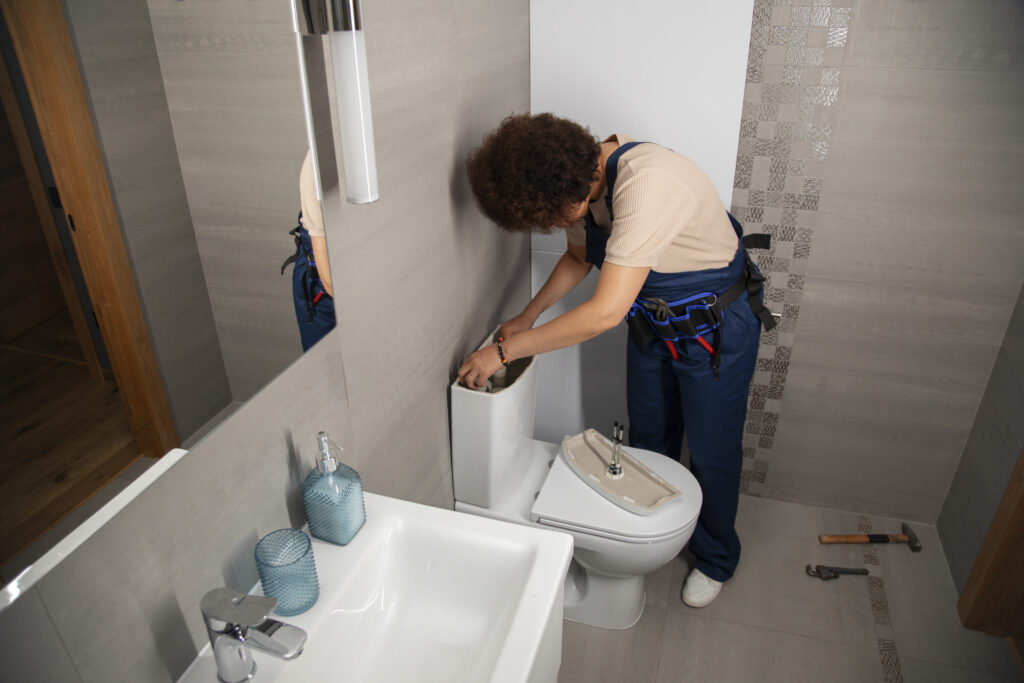
1. Assessing the Current Living Environment
The first step to creating a safe and comfortable home is to assess the current living space. Walk through the home with a critical eye, identifying areas that may pose hazards or challenges. Consider common issues like slippery floors, clutter, poor lighting, and narrow pathways. This assessment should also include any equipment or assistance the senior may need to move safely around the home.
A comprehensive home safety evaluation can help highlight potential risks. Here are some specific areas to examine:
Flooring: Are there any tripping hazards such as loose rugs, uneven floors, or cluttered pathways?
Lighting: Is the lighting sufficient, especially in high-risk areas like stairs, hallways, and bathrooms?
Furniture: Is the furniture positioned to allow easy movement, and is it stable enough for seniors to lean on if needed?
Stairs: Are there handrails on both sides of the stairs, and are the steps clearly visible?
By conducting a room-by-room assessment, you can prioritize changes that will make the space safer and more comfortable for your senior loved one.

2. Fall Prevention: A Key Concern
One of the greatest risks to senior safety in the home is falling. According to the Centers for Disease Control and Prevention (CDC), millions of older adults fall each year, resulting in serious injuries like fractures and head trauma. Preventing falls is therefore essential to creating a safer environment.
Tips for Preventing Falls:
Non-slip flooring: Install non-slip mats or area rugs with rubber backing, especially in areas prone to moisture, such as bathrooms and kitchens.
Clear walkways: Ensure that hallways, doorways, and paths between rooms are clear of obstacles such as cords, loose rugs, or furniture.
Proper footwear: Encourage seniors to wear non-slip shoes or slippers with good support inside the home to prevent slipping on smooth floors.
Handrails and grab bars: Install sturdy handrails along staircases and grab bars in bathrooms, particularly near the toilet and shower, to provide support for seniors when standing or moving.
Use of mobility aids: If necessary, consider walkers, canes, or other mobility devices to help seniors maintain balance and prevent falls.
A well-organized and clutter-free home is critical for reducing the risk of falls. If possible, store frequently used items within easy reach to reduce the need for stretching or bending, which can cause imbalance.
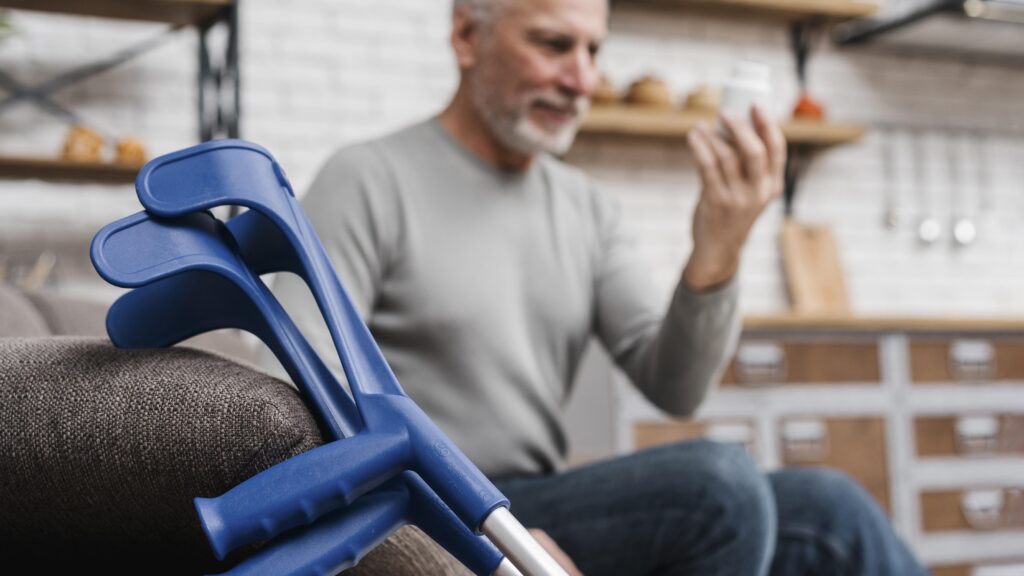
3. Enhancing Bathroom Safety
Bathrooms can be particularly hazardous for seniors due to slippery surfaces and the need for balance and coordination while bathing or using the toilet. Making the bathroom safer is a vital part of ensuring overall home safety.
Steps to Improve Bathroom Safety:
Install grab bars: Place grab bars in key areas, such as by the toilet, inside the shower, and near the bathtub. These bars provide stability and support, reducing the risk of slipping.
Use a shower chair or bench: For seniors with limited mobility, using a shower chair or bench allows them to sit while bathing, reducing the chance of falling.
Non-slip mats: Place non-slip mats inside the shower or bathtub and on the bathroom floor to prevent slips.
Adjust water temperature: Lower the water heater temperature to prevent scalding. A safe temperature setting is around 120°F (49°C).
Raised toilet seat: Install a raised toilet seat with handrails to make it easier for seniors to sit down and stand up without straining their muscles or losing balance.
Making the bathroom more accessible and safe can greatly enhance a senior’s confidence and independence in performing daily tasks.
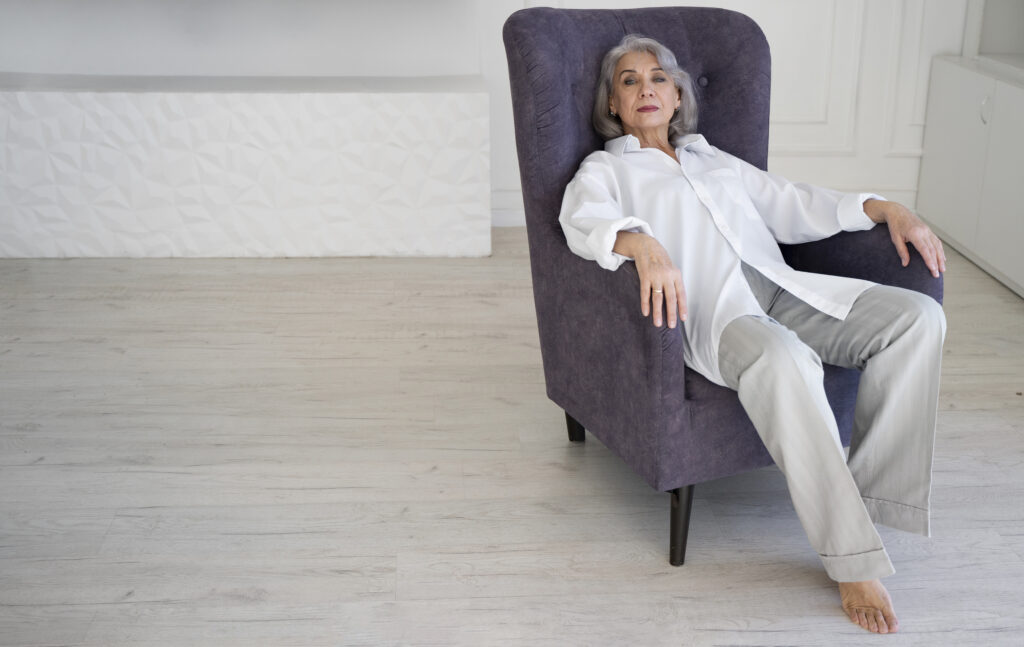
4. Improving Accessibility Throughout the Home
Another important aspect of creating a safe home environment is ensuring that the living space is accessible. Seniors should be able to move freely and easily from one area to another without struggling with obstacles, tight spaces, or difficult-to-reach items.
How to Improve Accessibility:
Widen doorways: If a senior uses a wheelchair or walker, widening doorways may be necessary to allow easy movement between rooms.
Levers instead of knobs: Replace traditional door knobs with lever handles, which are easier for seniors with arthritis or reduced grip strength to operate.
Remote control devices: Consider installing smart home technology or remote-controlled systems for lights, fans, and curtains. This minimizes the need for seniors to stand up frequently or struggle with switches.
Stairlifts: For homes with multiple levels, installing a stairlift can provide a safer way for seniors to move between floors without the risk of falling on the stairs.
Creating an accessible environment empowers seniors to maintain their independence while navigating their home with ease and safety.
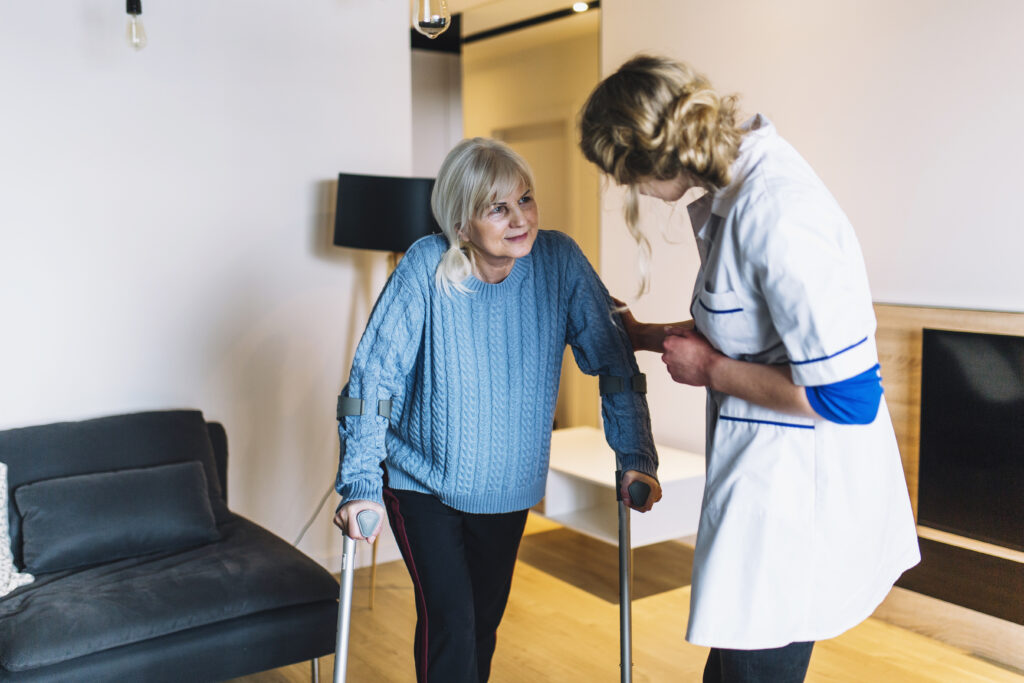
5. Improving Lighting for Better Visibility
Proper lighting is essential for reducing the risk of falls and helping seniors navigate their home with confidence. As we age, our eyesight often diminishes, making it more difficult to see clearly in dimly lit spaces.
Tips for Better Lighting:
Brighten high-traffic areas: Ensure that areas like hallways, stairways, and bathrooms are well-lit, using bright, glare-free light bulbs.
Motion-sensor lights: Install motion-sensor lighting in areas where seniors may walk at night, such as the hallway leading to the bathroom or the entryway.
Night lights: Place night lights in the bedroom, bathroom, and hallway to guide seniors during nighttime trips.
Task lighting: Use task lighting in areas where seniors perform daily activities, such as reading, cooking, or sewing, to reduce eye strain.
By enhancing the lighting in and around the home, you’ll help seniors move more safely and confidently.

Image by rawpixel.com on Freepik
6. Creating a Comfortable Environment
Safety is only one side of the coin; comfort is equally important for a senior’s overall well-being. A comfortable home environment helps reduce stress, promote relaxation, and enhance the emotional health of aging adults.
Ways to Improve Comfort:
Temperature control: Ensure that the home’s temperature is easy to regulate, particularly during extreme weather conditions. Seniors may have more difficulty maintaining body temperature, so keep the home warm in winter and cool in summer.
Ergonomic furniture: Invest in comfortable chairs with proper back support and high armrests, which are easier for seniors to get in and out of.
Soothing decor: Create a relaxing atmosphere with soft lighting, calming colors, and personal touches such as family photos and mementos. Familiar and sentimental items can help foster a sense of security.
Quiet spaces: Designate quiet areas of the home where seniors can relax or nap without interruptions from noise or distractions.
Air quality: Maintain good indoor air quality by using air purifiers, ensuring proper ventilation, and reducing exposure to allergens like dust or pet dander.
Comfort is key to making a house feel like home, particularly for seniors who may spend more time indoors.
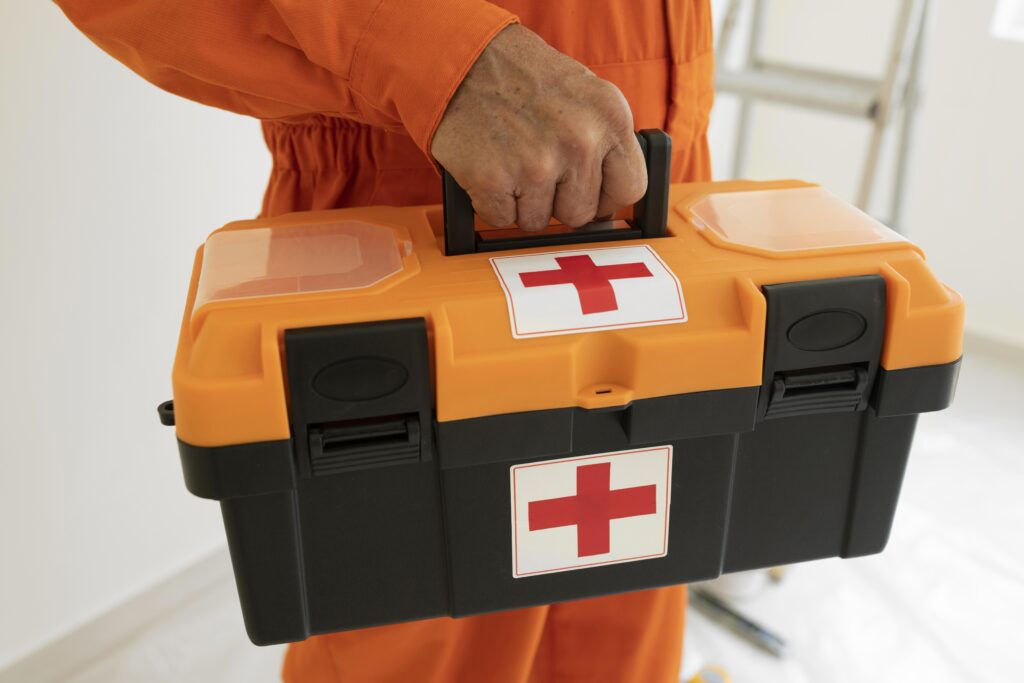
7. Emergency Preparedness
No home is completely risk-free, which is why it’s crucial to be prepared for emergencies. Seniors, especially those living alone, should have access to emergency contact systems that allow them to call for help quickly if needed.
Steps for Emergency Preparedness:
Medical alert systems: Equip seniors with wearable medical alert devices that allow them to call for assistance with the push of a button. These devices can be life-saving in the event of a fall or medical emergency.
Smoke detectors: Ensure that smoke detectors are installed in every room and that they are functioning properly. Carbon monoxide detectors should also be installed, especially in homes with gas appliances.
Emergency contact list: Post a visible list of emergency contacts, including family members, doctors, and local emergency services. This list should be easily accessible in case of an emergency.
First-aid kit: Keep a fully stocked first-aid kit in an accessible location, and make sure that all household members know how to use it.
Being prepared for emergencies offers peace of mind for both seniors and their loved ones, knowing that help is just a call away if something goes wrong.
Conclusion
Creating a safe and comfortable home environment for seniors requires thoughtful planning and attention to detail. By addressing common hazards, improving accessibility, and enhancing comfort, you can help your aging loved ones maintain their independence and well-being. Implementing these simple yet effective changes will make a big difference in their quality of life, allowing them to age with dignity in the familiar surroundings of home.
At Tita Homecare, we understand the importance of a safe and comfortable living environment for seniors. Our caregiving services are designed to provide personalized support, ensuring that your loved ones receive the assistance they need to remain safe and comfortable in their own homes. If you need help creating a safe environment or require caregiving services, contact us today for more information.